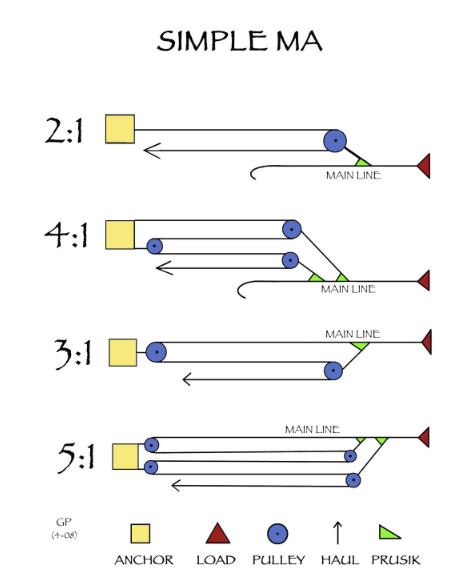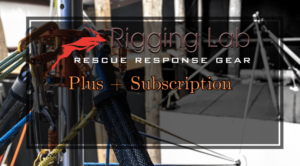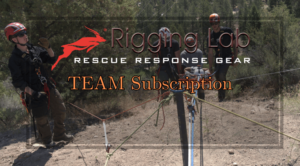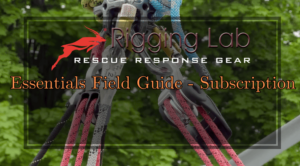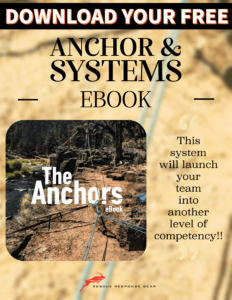Eccentric Progress Capture in Mechanical Advantage Systems
Eccentric Progress Capture in Mechanical Advantage Systems in rope rescue systems – most mechanical advantage setups are designed to pull or contract—that is, to haul loads upward or horizontally. But not all scenarios are about lifting. Some require controlled lowering under load while maintaining tension and control. This is where eccentric progress capture becomes critical.
What Is an Eccentric Progress Capture System?
An eccentric mechanical advantage system refers to a rigging configuration built specifically for the release rather than contraction of a load. Instead of drawing a load in, the system manages tensioned lowering, offering fine control through friction, braking, and mechanical feedback.
The term “eccentric” in this context draws from the idea of an off-centered or non-symmetrical force movement, where energy is applied in a releasing direction, not pulling. This is essential in technical rescue operations where you’re navigating complex terrain, managing patient loads, or transferring from raise to lower in mid-system.
It’s not just about letting the rope go—it’s about managing dynamic descent safely and precisely, often with mechanical advantage still engaged. This includes systems that allow for progressive lowering without resetting hardware or re-rigging.
Step-by-Step Learning Plan
1. Understand the Role of Progress Capture Devices
Read: Pulleys and Progress Capture Devices
Learn how progress capture pulleys support both hauling and, when designed correctly, controlled lowering within mechanical advantage systems.
2. Learn the Mechanics of Eccentric Load Control
Explore: The CAPTO and CLUTCH Mechanical Advantage System
This guide dives into systems designed to handle directional load movement with controlled release, emphasizing the benefits of equipment like the Capto and Clutch.
3. Compare Methods for Lowering Efficiency
Study: CMC Capto vs. Prusik: Which is Best for Rescue?
Understanding the practical differences between traditional and mechanical devices helps identify when eccentric methods provide safer or more effective control.
Recommended Equipment and Purchasing Links
• Petzl JAG TRAXION Pulley
A high-efficiency double progress capture pulley ideal for compact systems that require both hauling and tensioned lowering.
Buy the Petzl JAG TRAXION Pulley
• CMC Harken Clutch (11mm)
Specifically engineered for rope-based lowering with high precision and strength, the Clutch is a key component in eccentric progress capture setups.
Explore the CMC Harken Clutch
Hands-On Application
-
Drill Recommendation: Build a 3:1 or 5:1 mechanical advantage lowering system using the CMC Clutch. Load the system and practice eccentric descent under tension, watching for friction changes and mechanical responsiveness.
-
Real-World Use: Eccentric progress capture is ideal for litter lowers, confined space extractions, and high-directional transitions where stability and controlled descent are non-negotiable.
Safety Guidelines and Best Practices
-
Always confirm that your mechanical devices are rated for load-bearing and lowering, not just hauling.
-
Understand rope compatibility, friction limits, and braking characteristics of your equipment.
-
Maintain strict inspection and safety protocols—especially when systems are used for load releases rather than captures.
-
Train with redundancy in mind. Controlled descent must always account for the unexpected.
Peace on your Days
Lance

